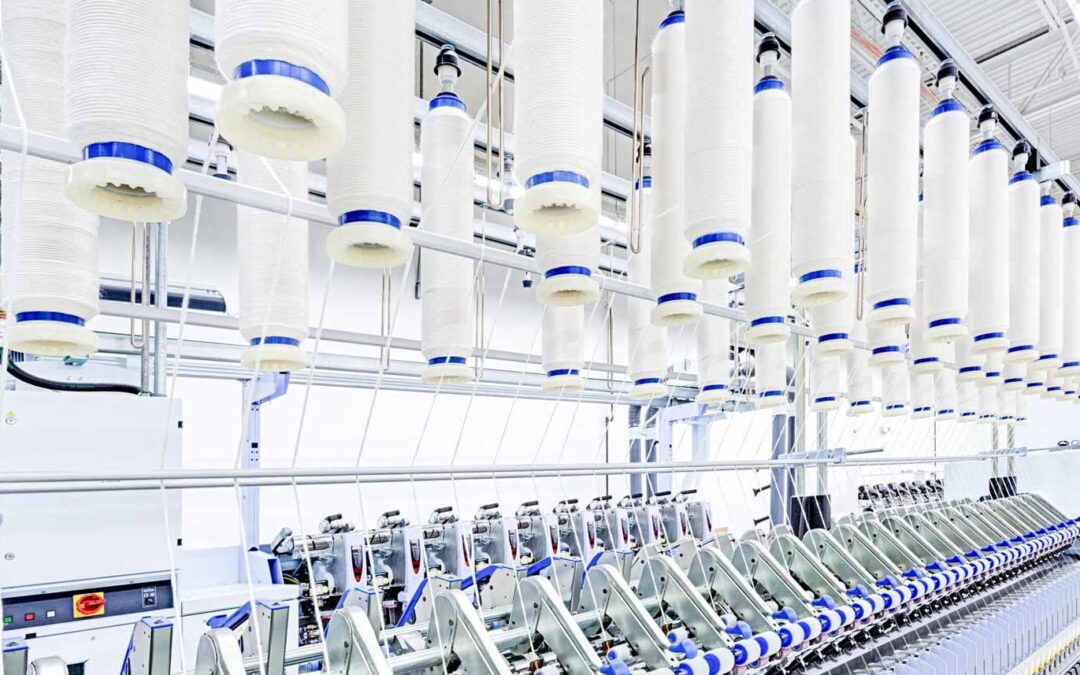As global focus on climate change increases, so has attention to carbon capture and sequestration, or the process of preventing carbon from entering the atmosphere and storing it safely. Carbon capture or sequestration occurs naturally, when plants take carbon dioxide from the air during photosynthesis and store it in the soil or plant.
The cotton plant is in fact very efficient at removing CO2 from the atmosphere, and its capacity to store it in the soil and fiber is only increasing. Agricultural innovations like precision fertilization, cover cropping, and no-till management, which is becoming increasingly popular around the world, significantly improve the soil’s carbon and water storage capacity.


